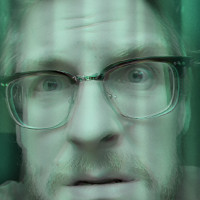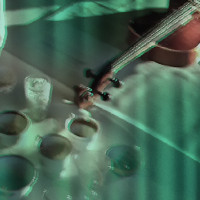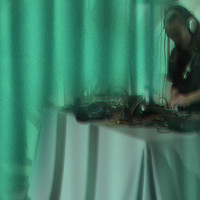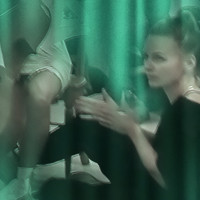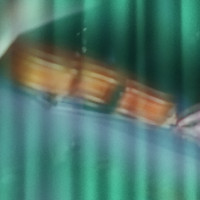This focus is dedicated to a special trend on the scenes of contemporary music: composers going on stage to perform their own pieces.
The presented articles were developed during my research project 'The Creator on Stage'. They can be read as selection of perspectives, commentaries, analyses, reflections and gained knowledge-production on the topic.
The intention with the project was partly to analyze the field retrospectively, as presented in my article 'Composers on Stage. Ambiguous authorships in Contemporary Music Performance', originally published in the journal Contemporary Music Review (dec 2016) and reprinted as the final article in this present issue of Seismograf.
The six additional articles presented here are expressions of the project's other intention: to explore the field via interaction and dialogue: through interviews, seminars and panels, and through the commissioning of three new pieces by Louise Alenius, Juliana Hodkinson and Kristian Hverring. The articles presented are the result of events in a number of different frameworks, and they vary therefore in style, length, content and argument. What they share is the overall fascination of present composers performing their own pieces through an exploratory approach.
The first articles are three artist statements by Norwegian composer Trond Reinholdtsen, British composer Juliana Hodkinson, and Danish composer Niels Rønsholdt. Reinholdtsen reflects on 20th-century composers’ various performative appearances. With references to the stages in his own project The Norwegian Opera, he concludes: »From now on The Norwegian Opera will live as a plant, without self-interest or vanity, offering itself to giving beauty to the world. The Composer on Stage, in all its operatic megalomaniac dimensions, has died.«
Juliana Hodkinson’s text is a reflection on the creation of a new work commissioned within my research project. Due to force majeure, the compositional process of this work deviated from what was anticipated when starting the dialogue. It became a process affected by grief and mourning, which despite anxieties and continuous challenges also turned into a productive process leading to the question: »If I can’t compose In a time of crisis, then when ?«
Niels Rønsholdt reflects on his practice by introducing the term “method composition”, in which he approaches musical material as ‘a character’, exploring it »for its conceptual qualities, rather than for subjective reasons such as taste.« Positioning himself as a stranger to his musical material, he identifies himself with the listener, both in the compositional process and in the final performance.
The fourth article is a revised transcription of a panel discussion with Louise Alenius, Kristian Hverring, and Simon Steen-Andersen that I moderated during Nordic Music Days in Reykjavik 2016. In this discussion we touch upon aspects such as the autobiographical dimension, various hierarchical relations to the musicians, aspects of taking control, letting go, and the playfulness of the situation. As Simon Steen-Andersen explains: »Do we go on stage to be in control? I don't think so […] in many ways you are also losing a bit of control by going on stage. I feel much more in control in the back when I am doing the sound or doing electronics and I have a global, outside view of the performance.«
Torben Sangild reflects on Prequiem by Louise Alenius, a work that he experienced as performed by the composer while Sangild was situated in his own bed at home. In his analysis, he draws on the term ‘objective sensibility’, arguing that the expression which took place was »not inside Louise Alenius' heart, but rather outside in what happened performatively in that particular room, my private bedroom, which temporarily was transformed into a venue.«
The article by Henrik Frisk dwells on the fact that nowadays composers sometimes appear as a kind of amateur on stage – using skills that they are not highly educated to exercise. Frisk asks: what is at stake here? What is amateurism today in a culture which for many years has been exclusively populated by highly-skilled musicians and professionals?
I would like to thank all participants in this issue deeply along with all other composers and musicians working so hard in this daring style as well as the Danish Ministry of Culture's Research Council for letting me dig into this field. Thanks also to Jan Høgh Stricker, Juliana Hodkinson, Helen Clara Hemsley and Rasmus Cleve.
Sanne Krogh Groth, May 2017
Graphics by Kasper Vang
